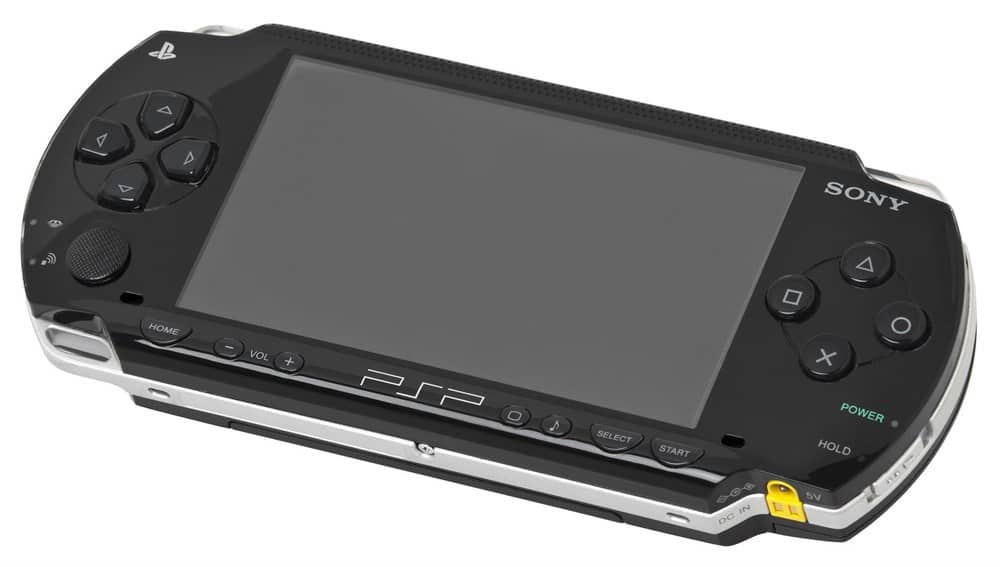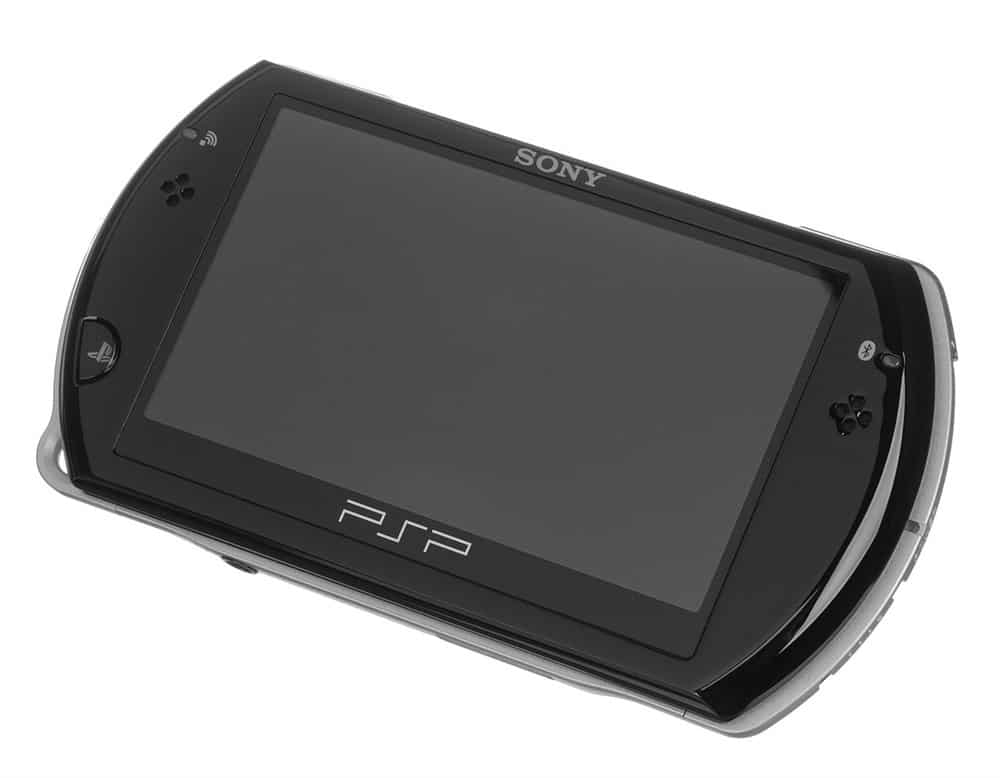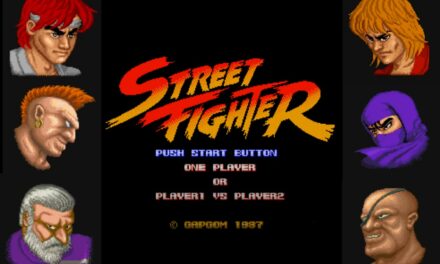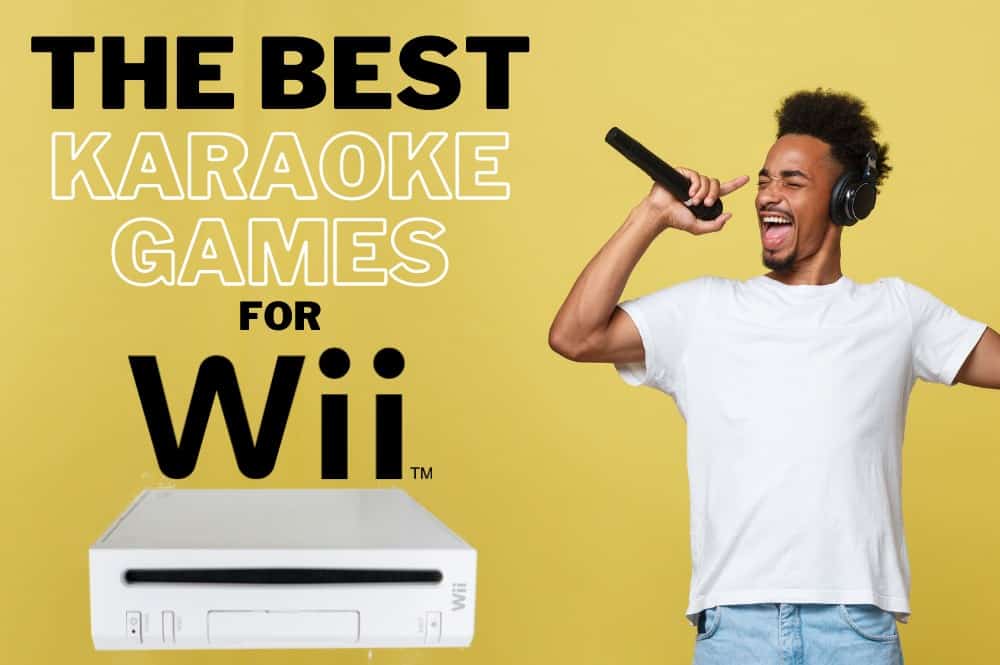When it comes to portable gaming, no one does it better than Nintendo.
Ever since the original Game Boy took the world by storm back in 1989, the Japanese juggernaut has become the standard by which all subsequent handheld consoles have been measured. However, while Nintendo may be the undisputed king within the portable gaming arena, this doesn’t mean they’ve gone without competition for the crown.
One such contender who dared throw their hat into the ring was Sony.
A colossus within the home console market thanks to the immense success of the first PlayStation released all the way back in 1994, this multinational conglomerate has also enjoyed its fair share of achievements within the realm of handheld entertainment. With a few crushing blows to match.
Let’s take a look back at The History of PlayStation Portables
Portable Power
Many have tried their hand at making handheld consoles. Think the Atari Lynx and Nokia N-Gage. However, despite being innovative and more than a little ambitious, most have failed to meet expectations before finally disappearing into the mists of popular culture.
However, such was not the case for Nintendo. After revolutionizing the industry with the release of the aforementioned Game Boy, the early 2000s saw the birth of the next generation with the Game Boy Advance (GBA).
The Game Boy Advance was a 32-bit gaming device that would go on to sell close to 82,000,000 units, it would find great success in the market thanks in part to an impressive library of games that included Pokémon Emerald, Mario Kart: Super Circuit, and The Legend Of Zelda: A Link To The Past.
By the end of its life cycle, the GBA was one of the bestselling handheld gaming consoles of all time. However, as plans to release the Nintendo DS ramped up in November 2004, a new contender sat silently on the sidelines waiting patiently to make its move!
The PlayStation Portable
Launched in Japan on December 12th, 2004, the PlayStation Portable (PSP) hit the world stage less than a month after the Nintendo DS. Marketed by Sony as The Walkman Of The 21st Century, it soon became abundantly clear that this was more than a simple gaming device.

Leaps and bounds ahead of the competition, the PSP featured an LCD screen capable of 480×272 pixel display resolution and 24-bit color.
With a button layout reminiscent of a DualShock controller and enough processing power to produce graphics akin to the PlayStation 2, this slick piece of Sony handheld hardware quite literally blew their rivals out of the water.
Never mind the fact that it also featured a host of multimedia features that included audio playback, video playback, and a UMD optical disc format that allowed both games and movies to be used on the device.
Needless to say, many game developers were eager to take advantage of the PSP and its impressive capabilities. This resulted in the handheld having a solid selection of games that included everything from Gran Turismo to Star Wars: Battlefront II. Each proving what a robust powerhouse the handheld console was.
Praised by critics for its ingenuity, despite a steep $249.99 USD price tag, the first of the Sony handheld consoles was a huge success. But, this story is far from over!
The PSP Go
No, Sony wasn’t finished with their foray into the world of portable gaming.
The PSP Go launched on October 1st, 2009, taking further advantage of worldwide internet connectivity and encouraging gamers to begin focusing more on digital media.

Foregoing its predecessor’s ability to play physical games programmed to an actual disc, this handheld PlayStation console instead opted to have consumers download games digitally directly off of the PlayStation Store.
Additionally, the PSP Go featured a slick design change complete with a screen that can be slid up and down to either conceal or reveal the unit’s controls. Add to that 64 MB of RAM, 16 GB of internal storage, and the ability to display over 16,000,000 colors, and the PSP Go was presenting itself as not only an impressive piece of hardware but the next step in the evolution of portable entertainment.
However, despite praise for its new look and impressive computing power, this latest iteration of the PSP was met with far less fanfare than the original.
Why did the PSP Go fail to meet Sony’s sales expectations?
While it can’t necessarily be nailed down to one factor, some argue that the digital-only market had not grown large enough to make the console viable. Yes, it is felt that the PSP Go was very much an idea ahead of its time.
Most consumers were still used to purchasing physical media. Thus, it is felt that Sony’s new digital-only approach may have turned most gamers off of the device as a result.
Additionally, the fact that it cost just $50 less than a brand new PlayStation 3 no doubt only aided in cementing the console’s fate once and for all.
Sony pulled the plug on the PSP Go in 2011, a mere three years after launch.
Despite this, over 80,000,000 PSP units were sold across the globe. While Sony had not been able to top the sales numbers generated by Nintendo, they had certainly taken a nice chunk out of the competition’s monopoly. Yes, they had dared to take on the Goliath that was Nintendo and had shown the world exactly what they were capable of.
The PS Vita
Heading into the next decade, Sony hoped to correct the mistakes they had made with the PSP Go.
Hitting retailers on December 17th, 2011, the PS Vita looked to make those dreams a reality.

As part of the eighth generation of video game consoles, this newest of the PlayStation handhelds would find itself in rather stiff competition with the Nintendo 3DS – a dual-screened device with the impressive ability to produce 3D effects without the use of 3D glasses.
However, Sony assured us that their latest unit would offer gamers an impressive array of special features all its own.
This included a 5-inch touchscreen, dual analog joysticks and support for everything from Bluetooth to Wi-Fi, and even optional 3G. Additionally, digital-only content was phased out in favor of small game cards. Something that the company felt would be much more convenient for portable gaming.
The unit was rounded out with both a front and rear-facing camera, motion control, and a touch-sensitive back panel.
Yes, once again, Sony was giving the world a glimpse into the future of gaming. And they had done it with a new device that was leaps and bounds ahead of what Nintendo was offering.
As with all the previous handheld PlayStation consoles, the PS Vita brought an impressive selection of launch titles along for the ride. These included the top-selling Uncharted: Golden Abyss, Need For Speed: Most Wanted, LittleBigPlanet, and Minecraft respectively. These ports are simply amazing, and made good on Sony’s promise to give consumers a home console experience on the go!
As if that wasn’t good enough, Sony equipped the Vita with a host of Japanese RPGs and even got the appeal of many a retro gamer thanks to offering access to both the PSX and PSP libraries.
Oh, and did I mention that it was also given the ability to Remote Play both PS3 and PS4 games? Not too shabby!
And yet, despite having everything it needed to succeed, the Vita would end up a commercial failure.
Again, while this cannot be attributed to any one factor, many feel that it was the waning support of developers coupled with the fact that the PS Vita was an easy device to hack that prevented the console from truly living up to its full potential. Additionally, with a higher sticker price than its competitor, most gamers tended to gravitate toward the far cheaper 3DS – resulting in just over 15,000,000 PS Vita units being sold worldwide before the device was discontinued in 2018.
Is There A Future For Sony In The Portable Gaming Market?
While officially discontinued, the PlayStation handheld consoles are still backed by a loyal fan base. This is especially true of the PS Vita. However, there is no denying that the handheld gaming market has changed drastically over the last couple of years.

Nowadays, mobile games have exploded in popularity and allow gamers to enjoy plenty of electronic stimulation via their smartphones and tablets.
No more is a dedicated gaming system needed to take gaming on the go. As such, it should come as no surprise that, at least as of 2019, Sony is no longer in the handheld gaming business.
Does this mean that we will never see another portable gaming device from Sony? Not necessarily. After all, the success of the Nintendo Switch proves that there are still plenty of consumers out there eager to purchase handheld consoles.
However, at least for the time being, it looks as though Sony will once again be focusing solely on their share of the home video gaming market.
That said, there is little denying that Sony’s contributions to the field of portable gaming have made a massive impact on the industry. One that still continues to be felt years later, and will undoubtedly continue to be the case for years to come!










